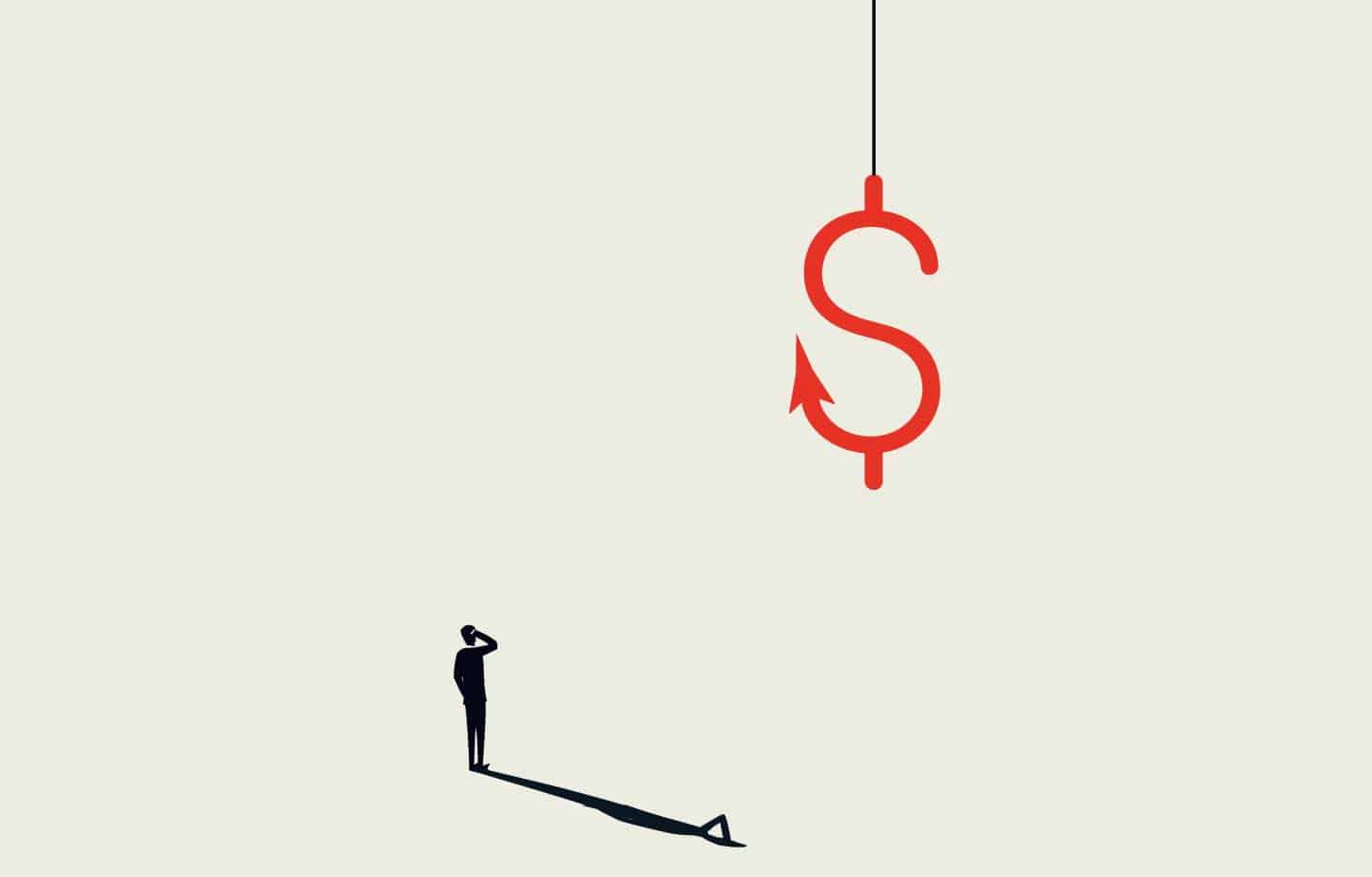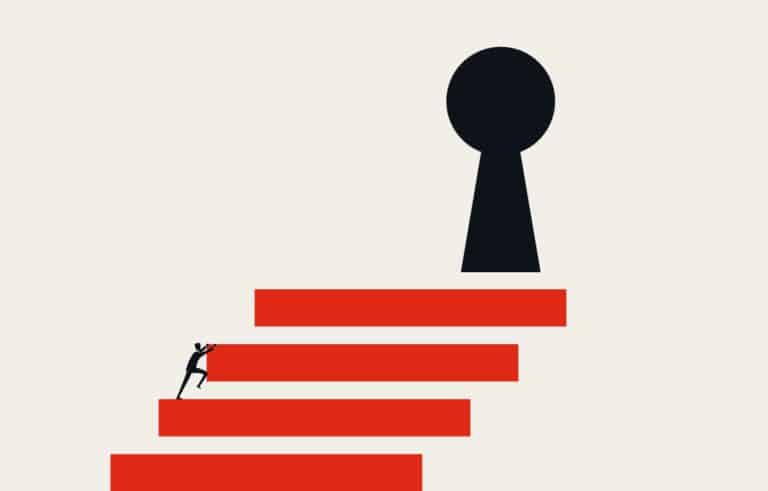Debt. Without it, most of us would not be able to buy a house or afford a car. It would be extremely difficult for companies to scale, and governments to fund large expenditures. One could say, the world as we know it goes around because of access to debt.
It’s no secret that two years ago, while we were in the throes of the pandemic, the real estate market started to heat up. Besides demand driving record low inventory, a primary contributing factor to this run was the access to ‘cheap debt’. But what does that mean? And how is that changing now?
For the scope of this section, we’ll focus on the most popular real estate debt vehicle: the 30 year fixed rate mortgage.It’s impossible to talk about debt without mentioning the Federal Reserve and the federal funds rate. At face value, the federal funds rate is the interest rate that banks charge each other to lend or borrow excess reserves overnight [1]. In other words, it is the ‘cost of money’ in the United States. At the onset of the pandemic, the Fed cut this rate to effectively 0% in an attempt to encourage lending and stimulate the economy [2].
Historically, lowering the fed funds rate indirectly lowers the interest rate on 10-year treasury bonds, which are tightly correlated to 30-year fixed mortgages.
Why does this matter? Well, unless you live under a very large rock, inflation has been setting records lately, and the Fed is deciding to act. The funds rate rose in March moving the 30-year fixed average to sit at 5.11% [3], and the Federal Reserve continues to posture for further increases throughout 2022 [4].
What do these higher interest rates mean for you? Find ways to ‘fix’ your variable-rate loans: ARMs, student debts, etc. Have a HELOC? Consider a ‘Home Equity Loan’ instead, as these debt vehicles tend to use fixed interest rates. If you haven’t already:double down on eliminating your credit card debt, as these interest rates average~16% and can legally change with only a 45 day notice.
How is Belz Living preparing? We are increasing our cash reserves as well as cash out refinancing our existing properties into long-term fixed debt with a conservative LTV ratio. This gives us access to the equity tied up in the properties, so that we may be better prepared for whatever these rapidly changing debt markets bring in the coming months.
SOURCES:
Board of Governors of the Federal Reserve System. “Open Market Operations.” https://www.federalreserve.gov/monetarypolicy/openmarket.htm
2. Federal Reserve Bank of St. Louis. “Federal Funds Effective Rate.” https://fred.stlouisfed.org/series/FEDFUNDS
3. The Wall Street Journal. “Mortgage Rate Continue to Rise.” https://www.wsj.com/articles/mortgage-rates-continue-to-rise-11650549696
4. Board of Governors of the Federal Reserve System. “Federal Reserve Issues FOMC Statement, March 15, 2020 https://www.federalreserve.gov/newsevents/pressreleases/monetary20200315a.htm




